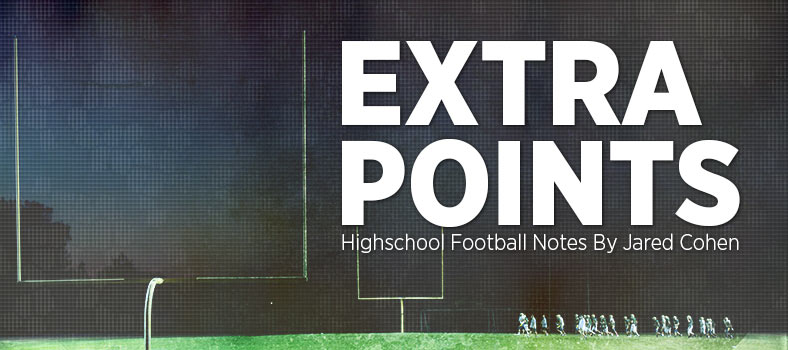Another nameless, faceless recruit has been reportedly dropped from consideration for an athletic scholarship based on their poor social media choices.
In the early morning hours of July 30, Penn State offensive line coach Herb Hand sent out the following Tweet.
Dropped another prospect this AM due to his social media presence…Actually glad I got to see the ‘real’ person before we offered him.
— Herb Hand (@CoachHand) July 30, 2014
Within hours, Hand expanded upon his tweet to 247Sports.com’s Kipp Adams (http://247sports.com/Bolt/Penn-State-drops-recruit-because-of-social-media-actions-29941068),
“If a guy makes the decision to post or RT stuff that degrades women, references drug use or cyber-bullying crap, then I can make the decision to drop them… Especially if I have discussed it with them prior, and especially in today’s climate of athletics.”
It wasn’t long before Bleacher Report and ESPN’s Big Ten blog reported on the tweet, and soon every coach and parent with a social media presence was spreading another cautionary tale like wildfire. The commentary on these shares and ReTweets all read something like “Every student athlete needs to read this,” or “A reminder that your actions have consequences.”
The reaction almost seems celebratory- and as a parent, I totally get that. If you spend all your time and energy trying to get something through a kid’s head, and they don’t believe you, there’s bound to be a bit of excitement when you finally get to say “I told you so.”
With example after example piling up, the problem remains- these kids still aren’t getting it, and another cautionary tale isn’t going to help. If you want one of these stories of social media consequence to resonate with today’s prep athletes, you’re going to have to name names.
Herb Hand’s tweet should have read something like this:
“I am no longer recruiting (Name) from (School) because of what I believe to be an inappropriate social media presence.”
If the idea of putting a recruit’s name and face out there when they post something that could be construed as cruel, threatening, explicit, or even cyber-bullying makes you uncomfortable, it shouldn’t. They weren’t uncomfortable when they did it. They know it’s public. Should it matter that some of them are minors? If it was a matter of legal consequence, sure, but these are athletes who, for the most part, are participating in a process where they are doing everything they can to increase their public profile.
Extrinsic motivation through fear of consequence isn’t ideal- of course you want the actions of student athletes to come from an inner desire to be the absolute best representation of themselves at all times- or at least an inner desire to retain a scholarship that could carry as much as a six-digit value. Unfortunately, that’s just not reality. This is why coaches and parents hurriedly disseminate these articles to their student-athletes. It’s also the reason why companies like Fieldhouse Media, which provides colleges with social media education and monitoring, exist. Sometimes kids just need to be scared, or “educated” into doing the right thing.
The problem with the current way we’re trying to scare kids into behaving correctly is that for every one athlete (that a parent or coach doesn’t know the name of) losing a chance at a scholarship- any student-athlete can quickly name 5-10 high-profile recruits who are posting things they shouldn’t on social media, and seemingly doing so without consequence. Often times, they know kids who are committed to some of the same schools that one of these cautionary tales leaked out from. Naming the athletes you choose to withdraw offers to, and the reasons why you did it, will give student athletes a concrete example of what not to do, and it will give athletic programs a consistent standard to attempt uphold so that they remain credible on these issues.
The bottom line is a cautionary tale needs a name and a face, or else it’s won’t resonate, and it won’t be relevant. Right now this story of another recruit being dropped makes for a great “I told you so,” but it isn’t hasn’t been enough to help student-athletes get the message before, and it won’t be until the athletes recruiters choose to make an example of are actual examples.




